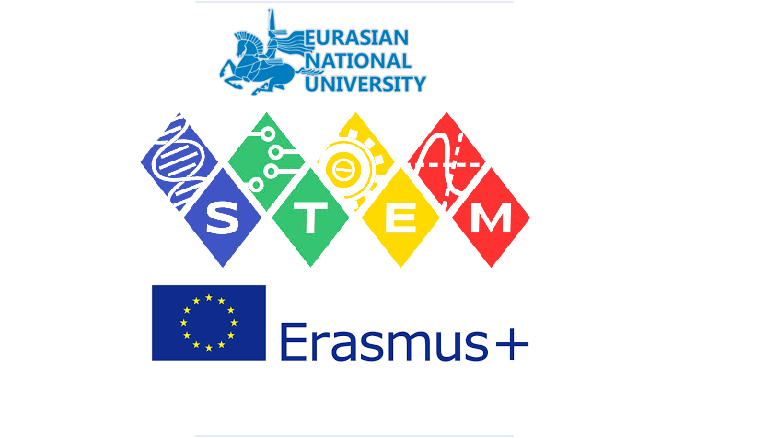


On January 12, 2021, the newspaper "Egemen Qazaqstan" published an article "STEM-bilim berudegi tyk baqyt, zhana trend", the author of which is Zhumadillayeva A.K. Associate Professor at the L.N. Gumilyov Eurasian National University.
This article reflects information about a new direction in STEM education as a new trend.
At present, due to the rapid development of digital technologies and the digitalization of the entire sphere of human activity, STEM education has become even more important and relevant, requiring special attention at all levels of the education system, to be more specific, starting with preschool education.
STEM education, which implies in-depth study of academic subjects of educational areas "Natural Sciences", "Mathematics and Informatics", variable elective courses in robotics, graphic design and others, is focused on the development of key skills necessary for students to be successful and competitive in the 21st century.
Thus, studying natural sciences and mathematics while mastering technological and engineering skills opens up opportunities for innovative solutions to modern problems.
In the process of engineering design, students, undergraduates identify problems, develop, test and ultimately find ways to solve them. STEM education focuses students on mastering knowledge in key disciplines of natural-mathematical and engineering-technological direction, developing critical thinking skills and striving for a profession in the field of science and technology.
In this regard, today one of the most important tasks of the secondary education system is to create conditions for the research and project activities of students, undergraduates, their study of natural, physical, mathematical and technical sciences, scientific and technical creativity, the organization of thematic recreation and network project interaction , contributing to the formation of creative computational thinking of students, the manifestation of their motivation for research initiative, engineering and technological perspective.